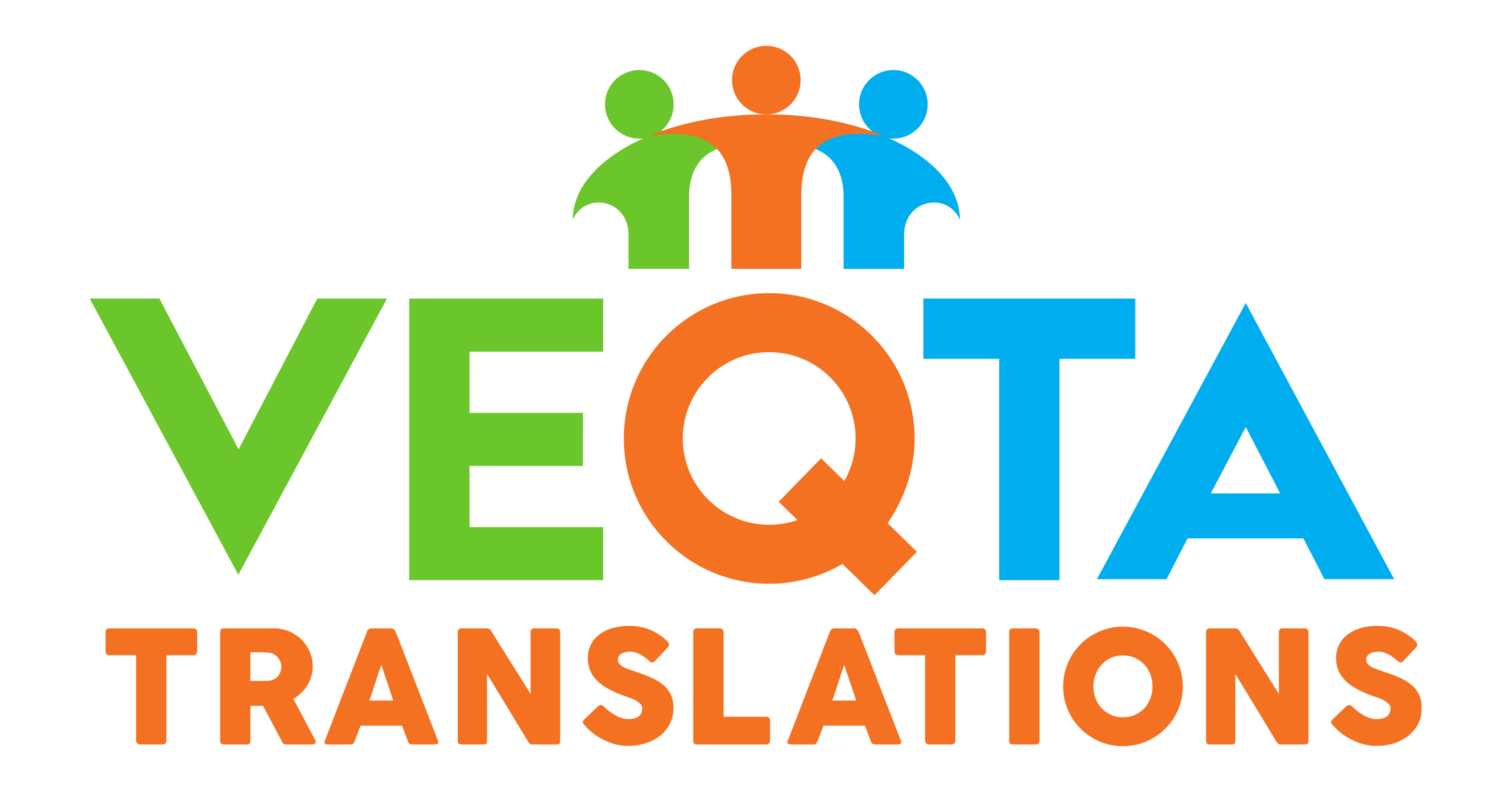How TTS Technology Improves User Experience and Engagement
Accessibility in digital content is crucial for reaching diverse audiences. Text-to-speech (TTS) technology converts written content into audio, benefiting users with visual impairments, learning disabilities, or those who simply prefer listening over reading.
Why Text-to-Speech Matters
TTS removes reading barriers and creates inclusive experiences across websites, apps, and documents. It helps users consume content hands-free or eyes-free and supports different learning styles.
Real-World Adoption and User Engagement
Several popular publishers, including Bangkok Post, offer audio versions of articles using TTS. This not only enhances user experience but also boosts engagement among on-the-go audiences.
- Commuting & multitasking: Users can listen while driving, commuting, exercising, or doing chores.
- Time on page: Audio options encourage deeper content consumption.
- Return visits: Accessible features build loyalty and trust.
Support for Language Learners
TTS can aid language acquisition by providing clear pronunciation and exposure to natural prosody across multiple languages. Learners can replay passages, slow down speech, and pair audio with on-screen text.
Choosing High-Quality TTS Solutions
Modern neural TTS delivers lifelike speech that’s suitable for public-facing content.
- Google WaveNet: Known for natural prosody and high-fidelity voices.
- Amazon Polly: Offers broad language coverage and scalable delivery.
Implementation Tips for Content Teams
- Offer a visible player: Add a prominent play button at the top of articles.
- Match language/locale: Select the correct voice for each page’s language and region.
- Provide controls: Include playback speed and seek options for usability.
- Optimize scripts: Expand acronyms, standardize numbers, and add SSML where needed for clarity.
- Measure impact: Track listens, completion rates, and accessibility KPIs.
Conclusion: Make Content Accessible and Engaging
Integrating TTS into end-user content is a strategic move toward inclusivity and engagement. As demand for accessible experiences grows, high-quality TTS will remain vital for connecting with diverse audiences and improving overall user satisfaction.


